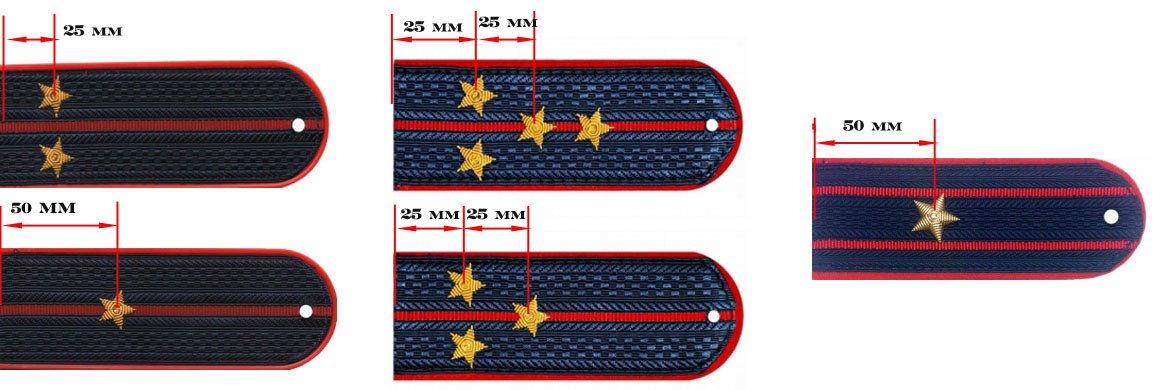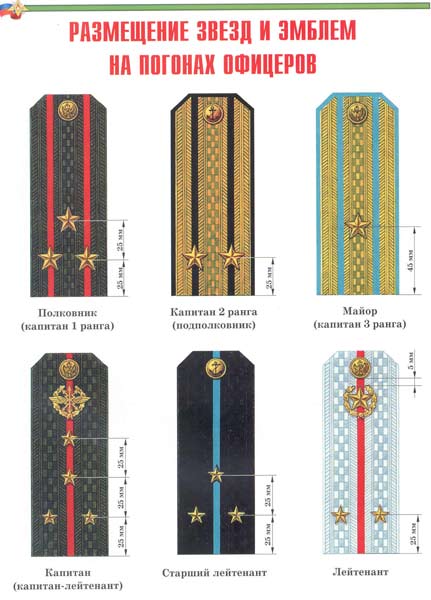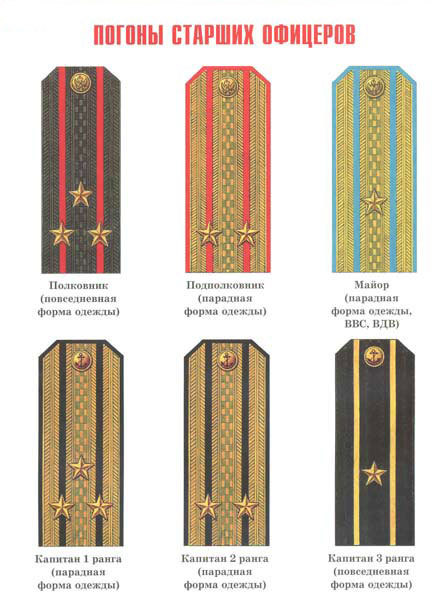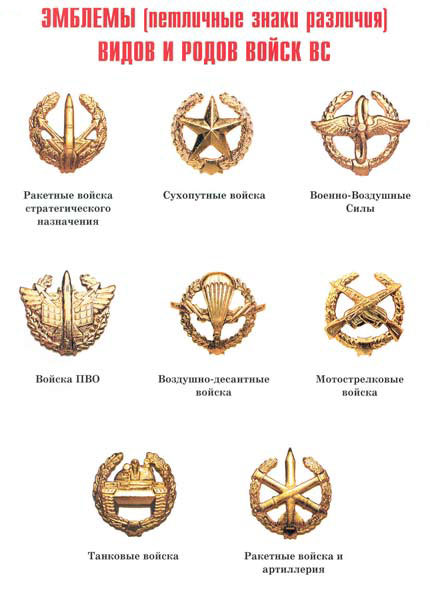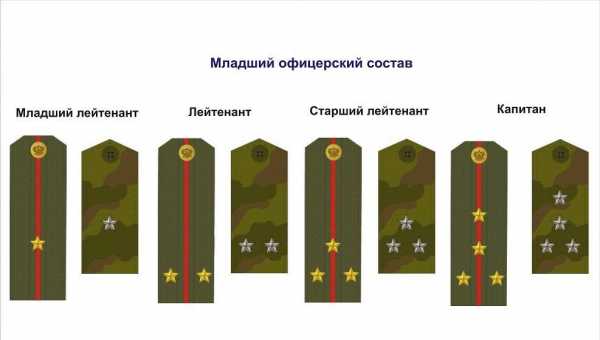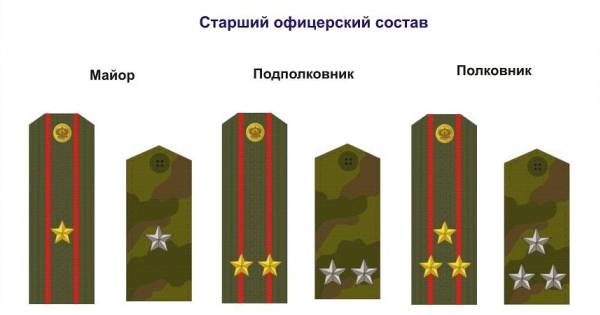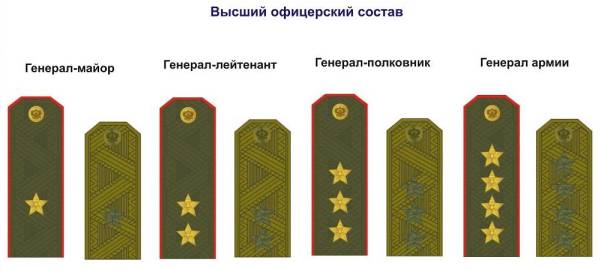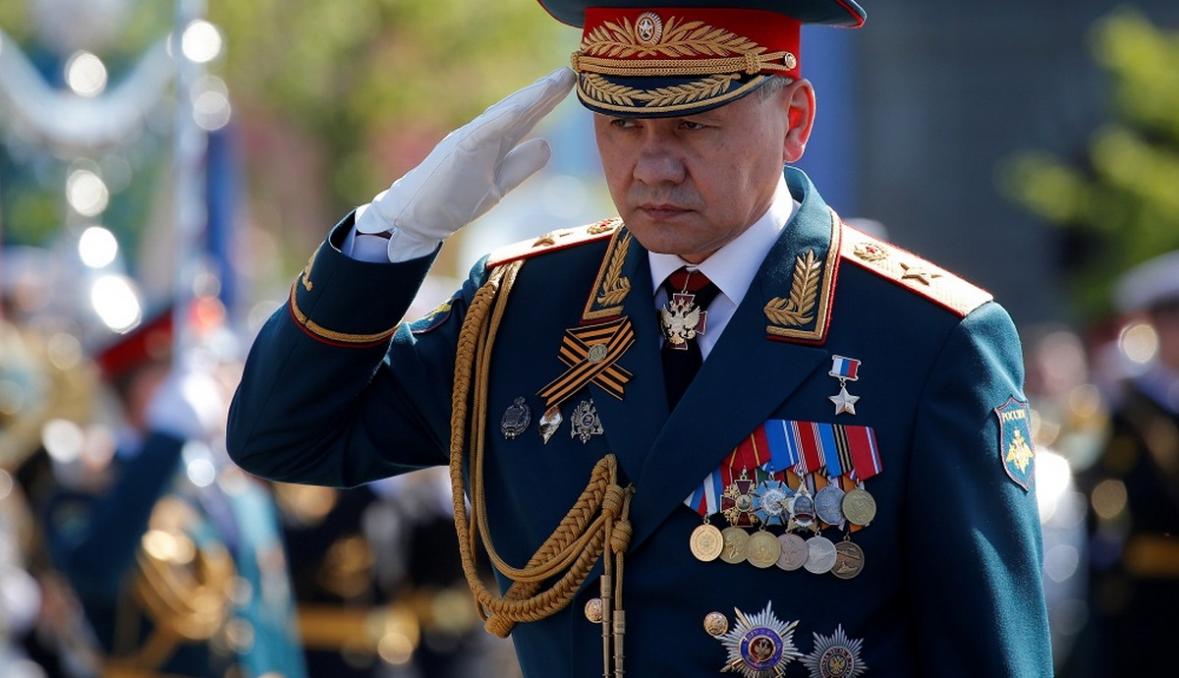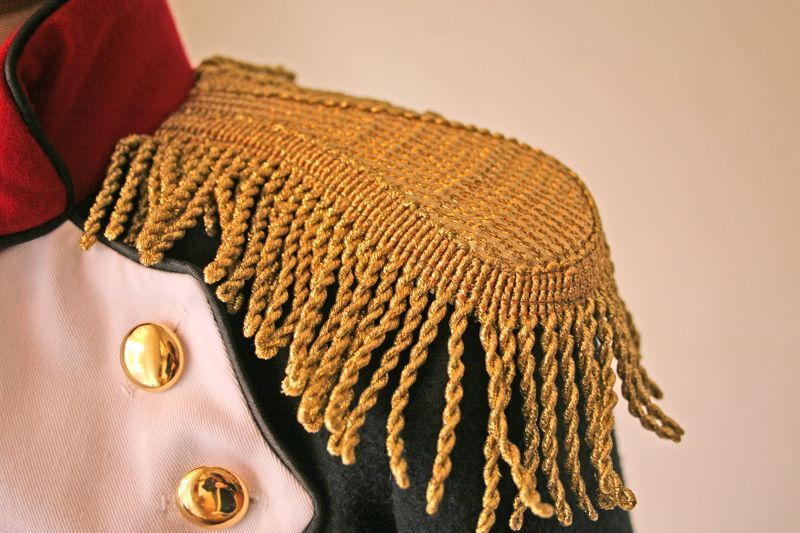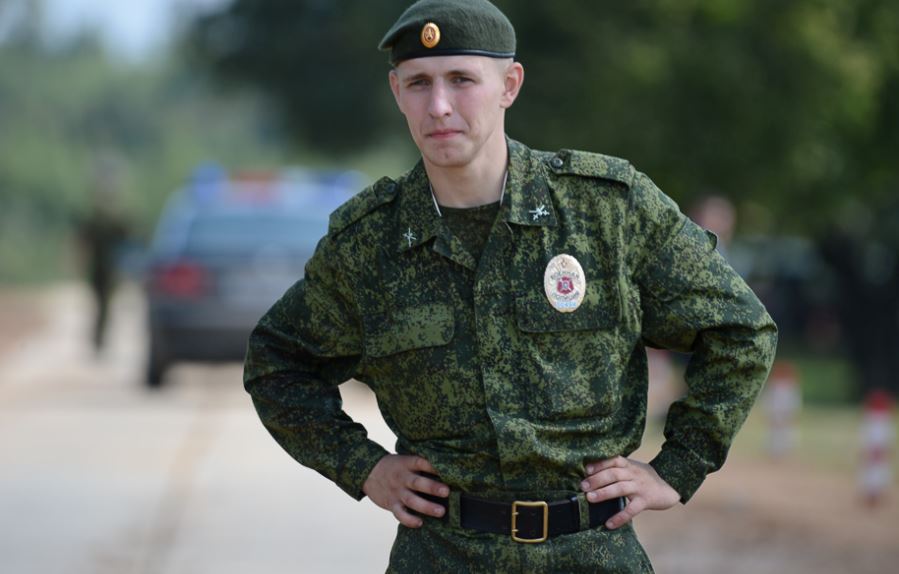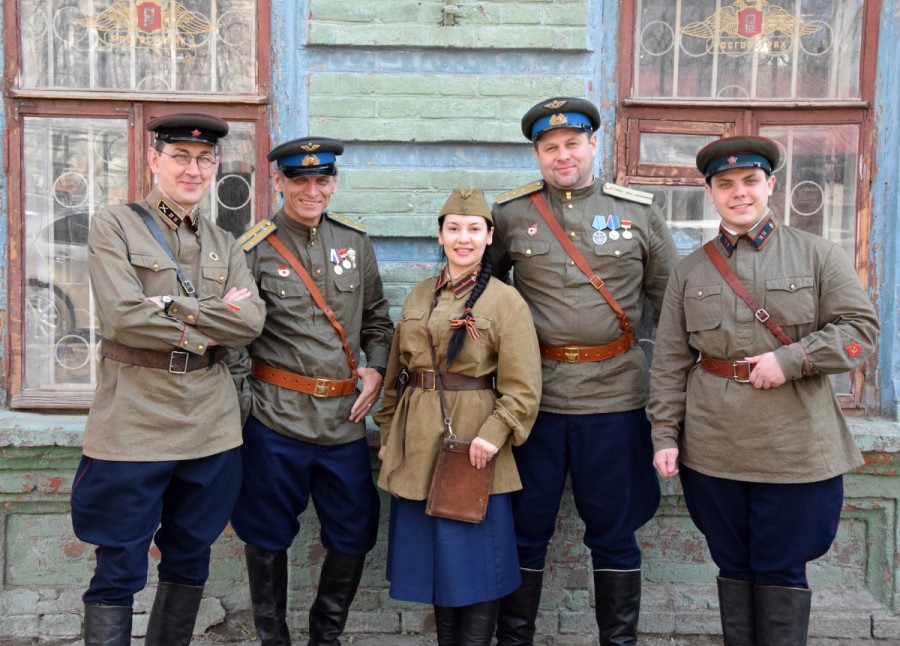Russian army shoulder straps appeared in the middle of the 19th century. Over time, they have changed and acquired a modern appearance. Their main purpose is to indicate the type of troops or other security structure to which a serviceman belongs. The size and location of the stars on the shoulder straps indicate the rank of the military man; this is a distinctive sign of the officer rank. The shoulder straps themselves are also worn by representatives of other departments, such as the police, the Federal Penitentiary Service, and others.
Standard order
The Russian Ministry of Defense has developed a special Regulation, which describes how to properly attach stars to shoulder insignia. There is also an order of the Ministry of Internal Affairs, which establishes this procedure. Strict compliance with the norms of these acts is mandatory for all persons who have dedicated themselves to service in the army or other law enforcement agencies.
The distance between the stars on the shoulder straps is practically the same for all officers, regardless of whether the elements are sewn on or removable:
- If the shoulder element of distinction has one star, the interval from its edge to the central part of the star must be equal to 4.5 cm.
- If the rank requires two or more stars, a gap of 2.5 cm must be maintained from the edge of the shoulder element to the center of the first star. This norm is also relevant between the centers of the remaining stars.
- As for senior officers, the standard for them is 5 centimeters.
On removable couplings the stars are arranged differently:
- For one sprocket, the distance from the edge of the coupling to the center of the sprocket should be 4.5 cm.
- For two (three, four) sprockets, you need to leave 2 cm from the edge of the coupling to the very center of the first sprocket. The optimal gap between the centers of all other sprockets should not exceed 2.5 cm.
Stars painted gold are intended mainly for ceremonial wear. Gray ones are considered more casual, so they are attached to the field uniform. However, for such cases, false shoulder straps are intended, which completely eliminate the possibility of losing stars, because they are sewn into the material.
The stars on the shoulder straps have different diameters:
- for warrant officers, midshipmen, senior warrant officers and senior midshipmen, as well as junior officers - the size of the star is 1 cm 3 mm;
- for senior officers such as police major - 2 cm;
- for senior officers - 2 cm 2 mm;
- Army generals and navy admirals wear the largest stars, which have a diameter of 4 cm.
It is very important to remember all these rules, since deviation from the norms of the Regulations is a failure to comply with the procedure for wearing military attributes.
Star sizes and arrangements
The placement of stars on shoulder straps, which helps to determine military ranks, is subject to strict order. This also applies to other insignia. It is the placement scheme and the number of stars that provide comprehensive information about the position occupied by a person. Shoulder straps on the tunic of junior military personnel, for example, junior sergeant, do not include stars, but they have their own characteristics.
| Ground forces | Fleet | Shoulder straps |
| Private | Sailor | There are no identifying marks. |
| Lance Corporal | Senior Seaman | A shoulder strap is a single thin strip attached across the shoulder straps. |
| Junior Sergeant | Petty Officer Second Class | 2 narrow transverse stripes |
| Sergeant | Sergeant Major | 3 narrow transverse stripes |
| Senior Sergeant | Chief Petty Officer | 1 wide transverse strip |
| Sergeant Major |
— |
1 wide stripe placed lengthwise |
The shoulder straps of junior military officers usually bear the abbreviation "ВС". The shoulder insignia of warrant officers, including senior warrant officers, are equipped with stars, although these ranks are not considered officers.
| Ensign | Midshipman | 2 stars in one row |
| Senior Warrant Officer | Senior Warrant Officer | 3 stars in one row |
The number of gaps and the size of the stars on the shoulder elements indicate whether the military man belongs to a junior or senior officer rank.
| Ground forces | Fleet | Shoulder straps |
| Junior Lieutenant | — | 1 longitudinal strip, 1 star of the smallest diameter, located on the clearance |
| Lieutenant | — | 1 longitudinal stripe and 2 stars of the smallest size, placed on the sides of the stripe |
| Senior Lieutenant | — | 1 longitudinal stripe, 3 stars, one of which is located on the stripe, the other two are on the sides, slightly below the first |
| Captain | Captain Lieutenant | 1 longitudinal stripe, 4 stars, two of them are fixed on the gap, the other two are on the sides, below the first two |
To distinguish a junior lieutenant, lieutenant and senior lieutenant, it is enough to look at how many stars are on the shoulder straps and how exactly they are located. If we talk about senior officers, there are also some peculiarities here.
| Major | Captain of the third rank | 2 longitudinal stripes, between which there is 1 star of medium diameter |
| Lieutenant colonel | Captain of the second rank | 2 longitudinal stripes on which 2 central stars are located |
| Colonel | Captain of the first rank | 2 longitudinal stripes, 3 medium-sized stars, one of which is located between the stripes, and two are on the stripes below the first |
The shoulder elements of the police major's rank, like other shoulder straps of senior officers, are related to the army ones. The army captain's shoulder straps and the police shoulder straps of this rank are unique, only they are equipped with four stars.
Generals are among the highest level of officers, the features of attaching stars to shoulder straps must comply with the following rules.
| Ground forces | Fleet | Shoulder straps |
| Major General | Rear Admiral | The edges are framed with piping, 1 large star placed in the middle |
| Lieutenant General | Vice Admiral | The edges are framed with piping, 2 large stars placed on 1 longitudinal gap |
| Colonel General |
— |
Edging along the edges, 3 large stars in a row |
| General of the Army | Admiral of the Fleet | The edges are framed with piping, 1 star in diameter 4 cm |
| Marshal |
— |
Coat of arms of the Russian Federation, golden-silver star |
Law enforcement agencies of Russia (police, Emergencies Ministry and others) also use their own identification attributes. The principles of the arrangement of stars, stripes and other components of shoulder straps are similar to the principles of using shoulder insignia in the Armed Forces.
Lapel Emblems
Emblems are also attributes that can be used to distinguish an employee of a particular department. They took their current form back in 2004. Their shape varies and symbolizes a certain type of troops:
- land;
- air force;
- signal troops;
- tank troops;
- anti-aircraft missiles;
- missile forces and artillery;
- NBC protection troops;
- radio engineering;
- military air defense;
- airborne troops;
In everyday life, sailors use an emblem in the form of an anchor, while junior military personnel use squares. Their number and size on shoulder straps directly depend on the rank. The use of letter signs is mandatory, for example, the letter "K" denotes the rank of cadet. The shoulder straps may bear the abbreviation "VS" - Armed Forces, "PV" - Border Troops, and others.
The following services have their own lapel emblems: engineering, automobile, railway, military topographic, military legal and even military band.
Emblems are usually worn on shoulder straps or on the collar corners of new-style police uniforms:
- on removable shoulder straps: between the lower part of the uniform button and the upper edge of the badge, for example, lieutenant colonel, a gap of 5 mm should be maintained; the emblem should be attached to the central line of the shoulder straps;
- on the collar of a tunic or jacket: it is necessary to maintain a distance of 25 millimeters along the bisector from the corner of the collar to the badge attachment.
Collar emblems determine the military man's affiliation with a certain branch of the armed forces. Collars are associated with privates, sergeants and officers. The difference between officer emblems is in the material. These are gold threads or gold-plated metal. Such emblems are attached to the edge of the collar.
Placement nuances for various departments
Using the example of the Russian Armed Forces, the police, the Ministry of Defense and the Federal Penitentiary Service, the main differences in size, color of shoulder straps and gaps will be discussed below. Each structure has its own characteristics.
| Department | Size, cm | Color | Clearance |
| Armed Forces (Ground Forces) | Length - 14-16, width - 4-6 | Green | — |
| Navy | Length - 14-16, width - 4.5-6.5 | Black | — |
| Police | Length - 14-16, width - 4-6 | Dark blue | Red |
| Ministry of Defense | Length - 12-14, width - 4.5 | Green | — |
| FSIN | Length - 12-14, width - 4.5 | Blue | — |
Police ranks are related to the ranks of the Armed Forces, therefore police shoulder straps are similar in parameters to those of the Armed Forces.
Junior military personnel
The junior level includes soldiers, sailors, petty officers, sergeants, warrant officers, midshipmen, and corporals. Their shoulder elements accordingly provide for different sizes and colors.
| Department | Size, cm | Color | Clearance |
| Armed Forces (Ground Forces) | Length - 14-16, width - 4-6 | Green | — |
| Navy | Length - 14-16, width - 4.5-6.5 | Black | — |
| Police | Length - 14-16, width - 4-6 | Dark blue | Red |
| Ministry of Defense | Length - 12-14, width - 4.5 | Green | — |
| FSIN | Length - 12-14, width - 4.5 | Blue | — |
The plates on the shoulder straps and removable couplings of junior staff are located at a distance of 2–5 cm from the edge.
Officers
The officer corps is divided into junior and senior, but their shoulder straps are the same size. The only difference is their color.
| Department | Size, cm | Color | Clearance |
| Armed Forces (Ground Forces) | Length - 14-16, width - 4-6 | Green | Red |
| Navy | Length - 14-16, width - 4.5-6.5 | Black | Yellow |
| Police | Length - 14-16, width - 4-6 | Dark blue | Red |
| Ministry of Defense | Length - 12-14, width - 4.5 | Green | Red |
| FSIN | Length - 12-14, width - 4.5 | Blue | Bordeaux |
On the shoulder insignia, depending on the rank held, there are stars, gaps, and uniform emblems. All of them are attached according to the standards described above.
Senior command staff
Generals' shoulder straps are decorated only with stars (of the largest size), which are attached at a distance of 5 cm from the edge of the shoulder badge.
| Department | Size, cm | Color | Kant |
| Armed Forces (Ground Forces) | Length - 14-16, width - 4-6 | Green | Red |
| Navy | Length - 14-16, width - 4.5-6.5 | Black | Yellow |
| Police | Length - 14-16, width - 4-6 | Dark blue | Red |
| Ministry of Defense | Length - 12-16, width - 4.5 | Green |
— |
| FSIN | Length - 12-16, width - 4.5 | Blue | Bordeaux |
Uniform badges are attached to shoulder straps below the middle of the uniform button at a distance of 5-10 mm from the top of the emblem. Each department has an established standard distance.
How to attach stars
There is a certain technology for how to properly attach stars to shoulder straps. First, measure the interval from the bottom of the shoulder insignia to the middle of the star. The measurement is made with a ruler, with its help you can determine the distance on the shoulder straps where the identification mark will be located. At the same time, maintaining the correct distance of stars on shoulder straps is also important. Use an awl to make a puncture at the mark where the star is inserted. Its lower part is unbent on the reverse side and secured with clamps. The lapel badge is sewn with threads through the lapel. You will need a thick cotton thread (in tone) with a small addition of polyester.
The material of the shoulder straps is quite hard, so you can use a thimble when sewing them on.
False shoulder straps of the Russian army are worn in field training conditions, which is why the problem of losing stars from them has become acute. Hence the decision taken by the government to sew on the stars directly at the production stage. Their location in this case also corresponds to each specific rank. Many people liked this innovation, because now they don’t have to think about how to measure the distance and where to sew the stars. If standard stars are used on false shoulder straps, it is important to remember that the gap is calculated from edge to edge. All identification marks must be attached especially carefully, subject to the location of the stars on the shoulder straps.
Video
https://youtu.be/JSSjEgxzx_Y



